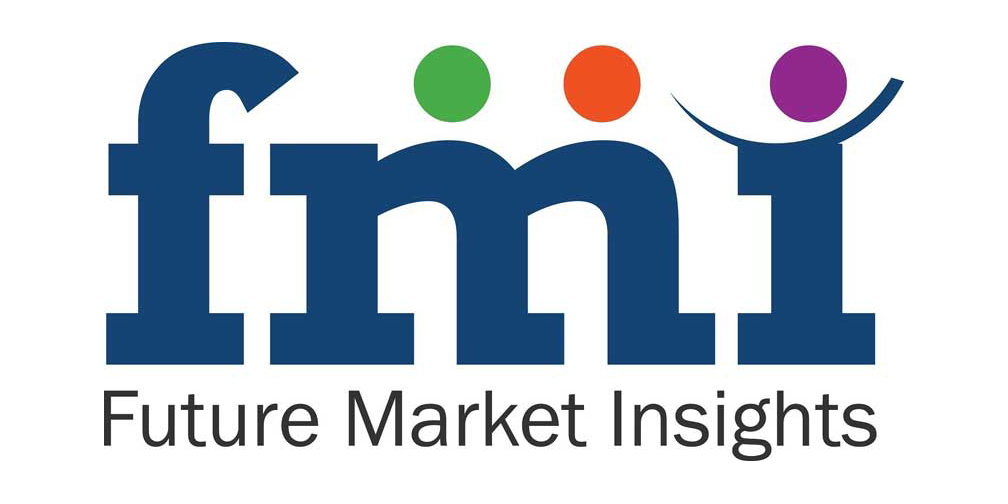According to a recent study by Future Market Insights (FMI), the global orthopedic imaging equipment market is expected reach US$ 9.8 Bn in 2021. Sales are expected to increase at a CAGR of around 4.0% over the forecast period (2021-2031).
Orthopedic imaging equipment is the medical imaging equipment used for bone scanning, implants scanning and is utilized for diagnosis purposes. Different imaging technologies such as X-rays, MRI, ultrasound, EOS and nuclear imaging are included in orthopedic imaging equipment.
To remain ‘ahead’ of your competitors, request for a sample- https://www.futuremarketinsights.com/reports/sample/rep-gb-1842
Rising prevalence of orthopedic diseases and bone injuries, technological advancement in orthopedic imaging equipment devices, and rise in research and development activities by key manufacturers are factors driving the orthopedic imaging equipment market.
Numerous medical imaging modalities are currently enabling three-dimensional (3D) visualization with accuracy, and rapid diagnoses. Advancements in 3D imaging have led to development in computer-assisted detection (CAD) and image analysis applications. This is expected to boost the market for modality, primarily in tomographic imaging techniques.
Moreover, surgeons are using 3D imaging to plan surgeries, which has led to increased application of these systems. This is expected to increase the utilization of imaging equipment, especially across the U.S. and the U.K.
Get a Customized Scope to Match Your Need Ask an Expert- https://www.futuremarketinsights.com/ask-question/rep-gb-1842
Consequently, these devices are also gaining high traction in Asia such as China and India due to growing demand for better health care infrastructure. Improving healthcare infrastructure and technological developments in these countries will increase the demand for 3D medical imaging equipment.
Key Takeaways from Orthopedic Imaging Equipment Study
- In terms of product type, the X-ray systems is expected to account for 28.0%, expanding at a CAGR of 3.3% during the forecasted period.
- By indication, the acute injuries segment will contribute over 56.6% of sales in the global orthopedic imaging equipment market.
- Hospitals and radiology centers will, collectively, account for 68.2% of the market share in 2021.
- With the advancements in technologies as well as the increasing geriatric population, North America held the largest share of over 30.5% in 2021.
- India and China are expected to lead the growth of South and East Asia in the global orthopedic imaging equipment market.
“Growing geriatric population, increasing incidence of bone fractures and orthopaedic illness, and increasing need for 3D medical imaging technology are expected to fuel the demand for orthopedic imaging equipment over the forthcoming decade,” says the FMI Analyst
Request Complete TOC Of this Report @ https://www.futuremarketinsights.com/toc/rep-gb-1842
Who is winning?
The key market players covered by FMI include General Electric Healthcare Limited, Siemens AG, Esaote SPA, Hitachi Ltd, Koninklijke Philips N.V, PLANMED OY, EOS imaging, Canon Medical Systems Corporation, Carestream Health and Neusoft Corporation.
Some of the leading manufacturers of the orthopedic imaging equipment market are focusing on the development of advanced and cost-effective products establishing distribution agreements, collaborations and partnerships strategies for global expansion objectives, thereby, enhancing their market presence.
- In September 2021, GE Healthcare acquired BK Medical for $1.45Bn to expand its $3bn ultrasound business from diagnostics to surgical and therapeutic interventions.
- In April 2016, Hitachi Ltd Company integrated Hitachi Medical Corporation and Hitachi Aloka medical into Hitachi Ltd to strengthen its manufacturing operations and to develop low-cost medical devices.
About FMI
Future Market Insights (FMI) is a leading provider of market intelligence and consulting services, serving clients in over 150 countries. FMI is headquartered in Dubai, the global financial capital, and has delivery centers in the U.S. and India. FMI’s latest market research reports and industry analysis help businesses navigate challenges and make critical decisions with confidence and clarity amidst breakneck competition. Our customized and syndicated market research reports deliver actionable insights that drive sustainable growth.

